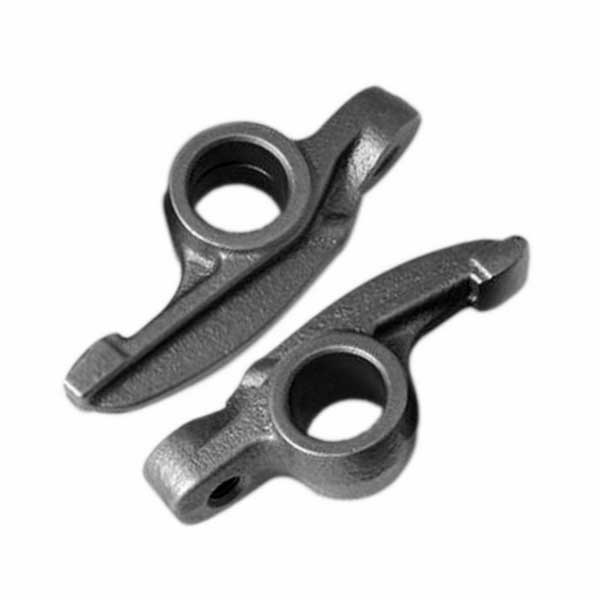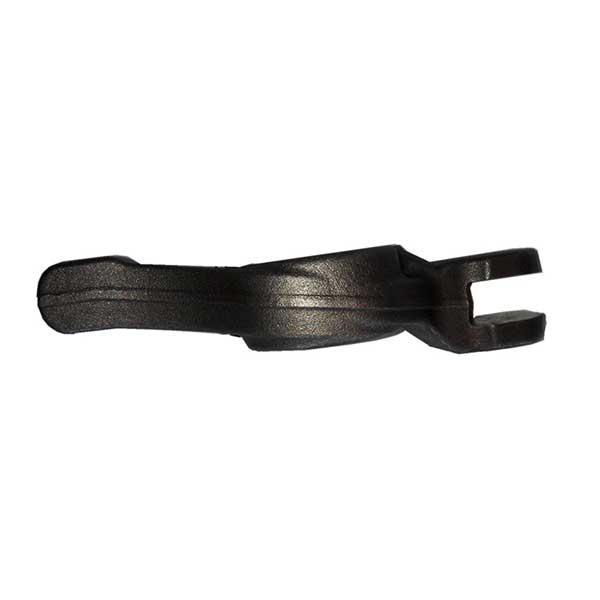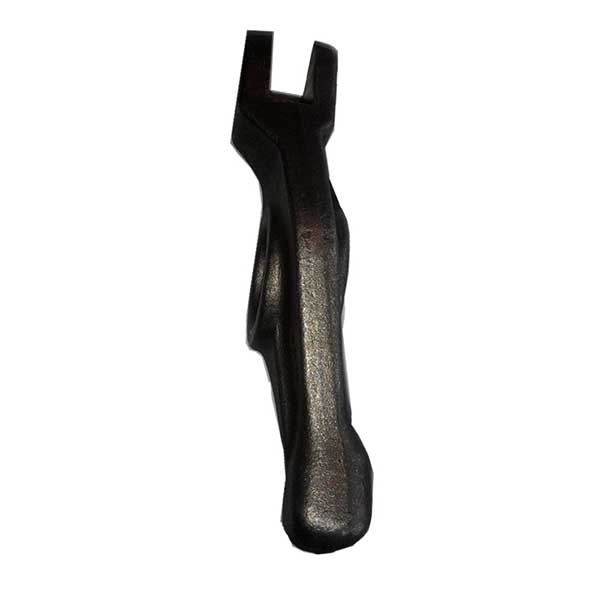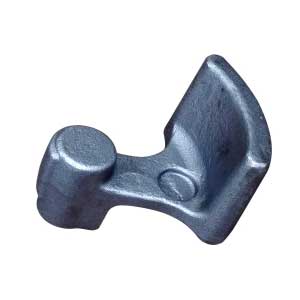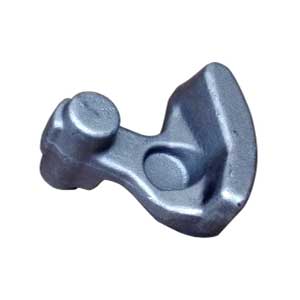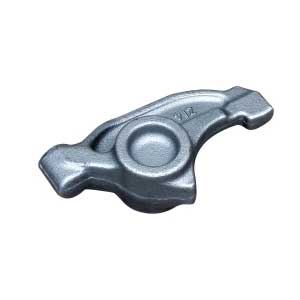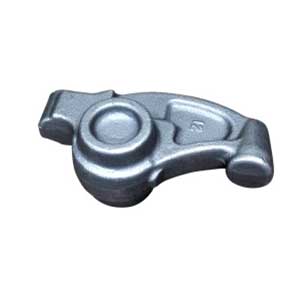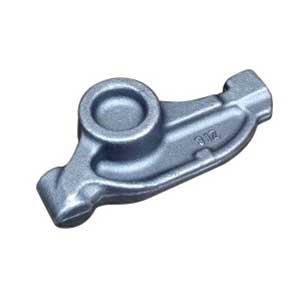Rocker arm forgings principle of blank selection
Rocker arm forgings rough processing is the process of forging production. Rocker arm forgings quality of the blank, productivity, will have an important impact on the quality, performance, life and economic benefits of the forging. Rocker arm forgings rough processing, equipment accuracy and performance determine the quality of the blank. The quality of Rocker arm forgings directly affects the precision of turning, and the quality of turning affects grinding accuracy and efficiency. Therefore, the selection of Rocker arm forgings blank plays a very important role in the whole forging processing. The principle of forging blank selection should reduce the production cost as much as possible to meet the requirements of use, so that the products can compete in the market. Next is the selection principle of the Rocker arm forgings blank, with the following points:
1.Process principle
The use of Rocker arm forgings determines the shape characteristics of the blank, various requirements and shape characteristics, and forms the corresponding blank forming process requirements. The requirements for the use of forgings are embodied in the external quality such as shape, size, processing accuracy, surface roughness, and internal quality requirements such as chemical composition, metal structure, mechanical properties, physical properties and chemical properties. For the requirements of different forgings, the process characteristics of forging materials (such as forging properties, welding properties, etc.) must be considered to determine which blank forming method to use. When selecting the blank forming method, it is also necessary to take into account the machinability of the subsequent machining. Some of the structures are complex and it is difficult to form a blank by a single forming method. It is necessary to consider the possibility of combining various forming schemes, and also whether these combinations affect the machinability of machining.
2.The principle of adaptability
In the selection of the blank forming plan, the principle of adaptability should also be considered. The adapted blank solution is selected according to the structural shape, dimensions and working conditions of the Rocker arm forgings. For example, for stepped shaft parts, when the diameters of the steps are not much different, the bar stock can be used; if the difference is large, the forged blank should be used. Forgings have different working conditions and different types of blanks are selected.
3.The principle of production conditions
The forming plan of the forging blank should be selected according to the production conditions on site. The on-site production conditions mainly include the actual process level of the on-site blank manufacturing, the condition of the equipment, and the possibility and economy of the outsourcing, but also consider the use of more advanced blank manufacturing methods due to production development. To this end, when selecting blanks, the existing production conditions of the enterprise, such as equipment capacity and staff technical level, should be analyzed, and the existing production conditions should be used to complete the blank manufacturing task. If the existing production conditions are difficult to meet the requirements, then the forging material and/or the blank forming method should be considered, and it can also be solved by external processing or outsourcing.
4.Economic principles
The principle of economy is to make the cost of manufacturing materials, energy consumption and wages of forgings low. When selecting the type of forging blank and the specific manufacturing method, several pre-selected schemes should be compared economically on the premise of meeting the requirements of the parts, and the overall production cost can be selected. Generally, when selecting the type and manufacturing method of the blank, the size and shape of the blank should be as close as possible to the finished part, thereby reducing the machining allowance, improving the utilization rate of the material, and reducing the machining work. But the more precise the blank, the more difficult it is to manufacture and the higher the cost. Therefore, when the production program is large, the high-precision and high-productivity blank manufacturing method should be adopted. At this time, although the initial investment is large, the increased blank manufacturing cost can be compensated for by reduced material consumption and machining cost. The general rule is that when single-piece small batch production, free forging, manual arc welding, sheet metal fitter and other forming methods can be used, and machine modeling, die forging, submerged arc automatic welding or the like can be used in mass production.

